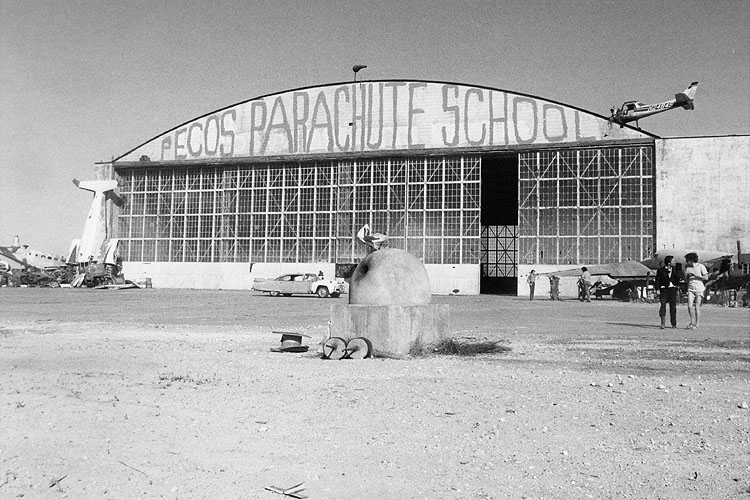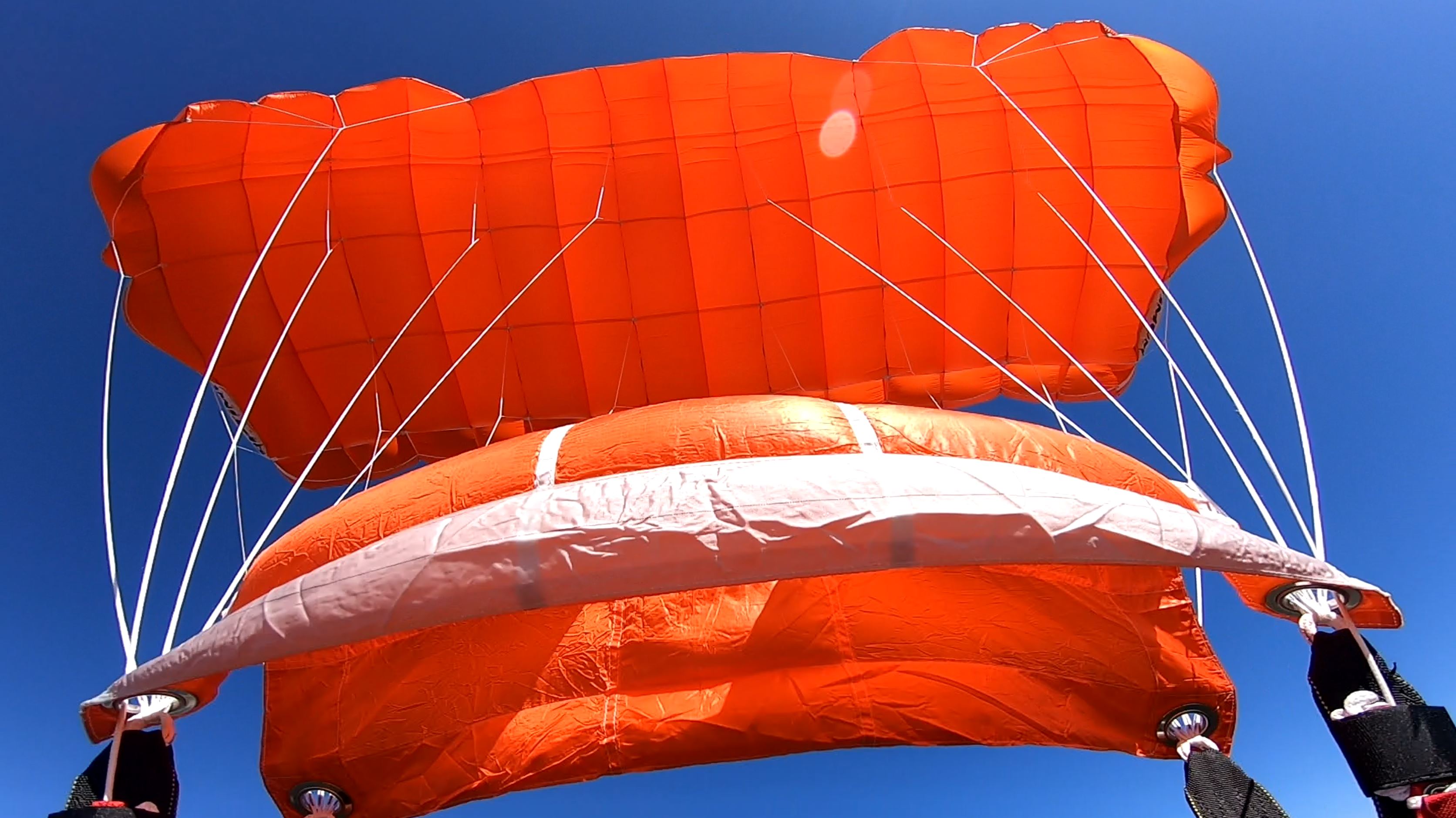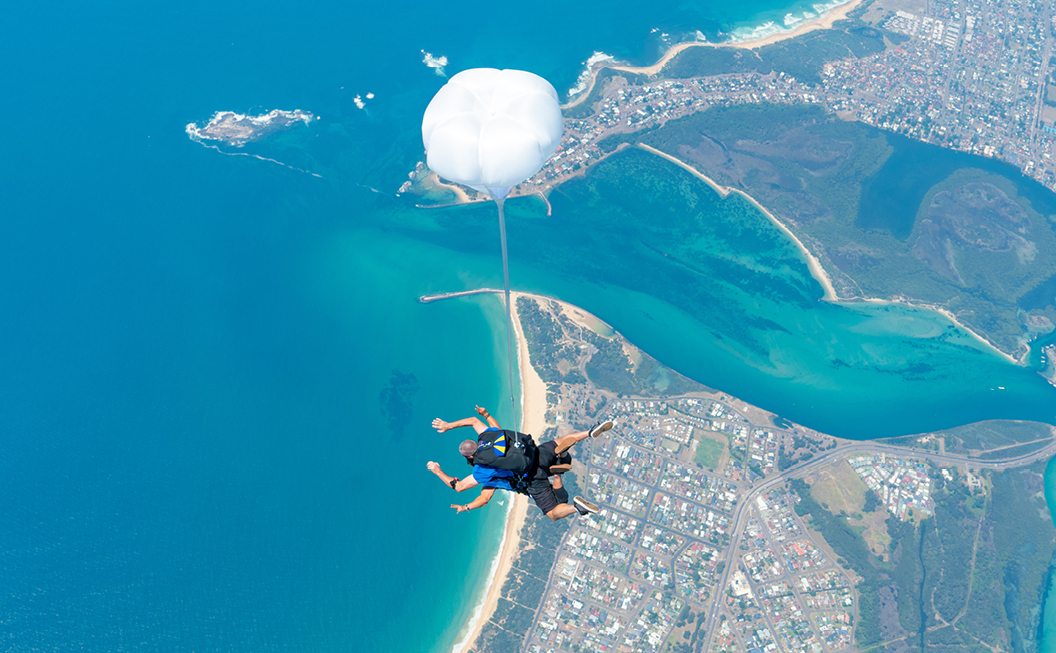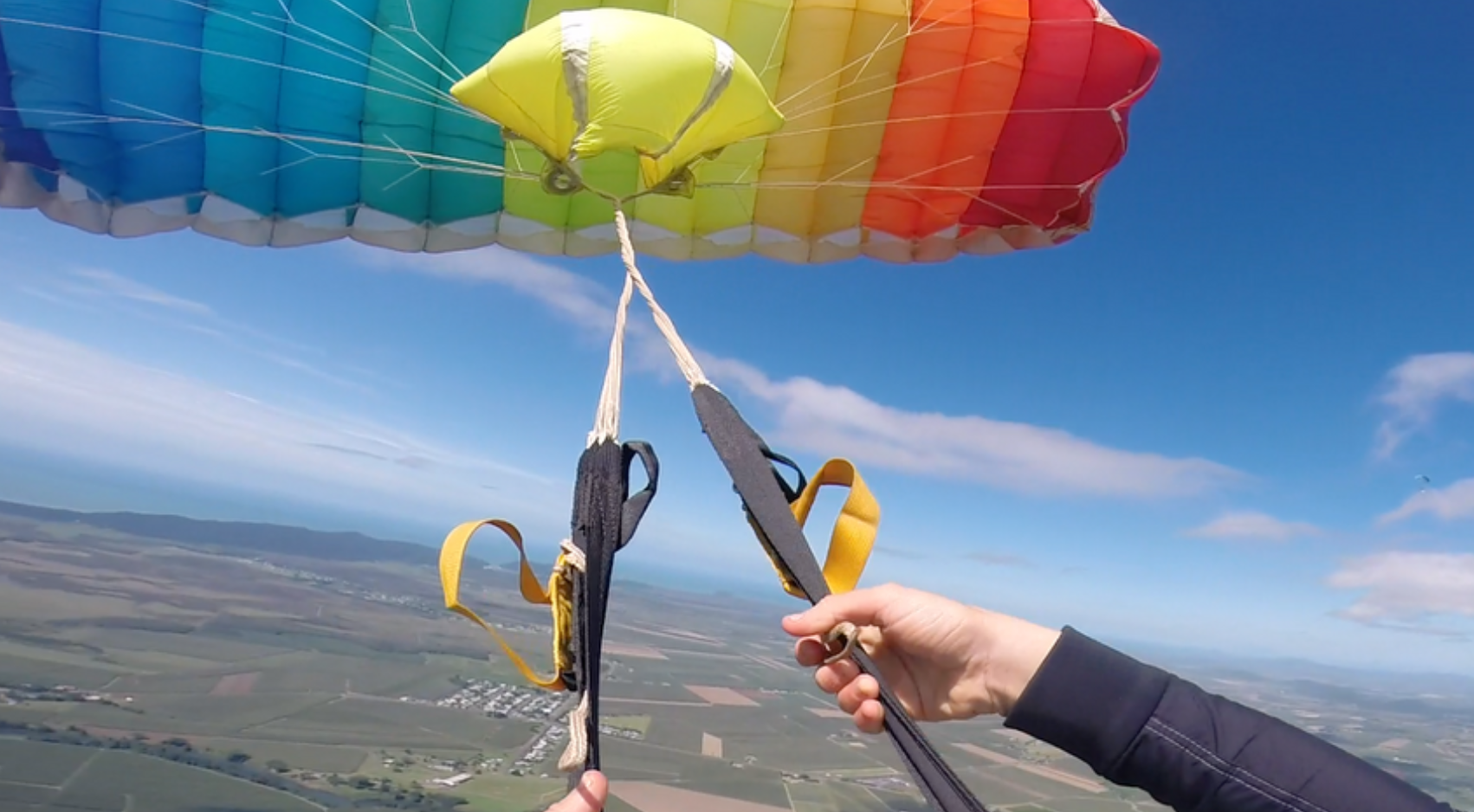Written by Charl Rootman, APF Safety and Training Manager, in July 2022

Skydivers used to be a rough bunch. "Back in the day" drop zones were rough places too, not unlike Peco's Parachute School in the movie Fandango. The language and drinking habits were equally rough, with profanity being thrown around like a space-ball. But the worst four-letter word you could possibly use around skydivers was "safety" (I know, it has more than four letters. If this bothers you, you can substitute "safe").
You see, skydivers are cool and do cool stuff. They jump out of planes, which most people don't do. They push the envelope and challenge the norm. Talking about safety, being conservative and pointing out the rules (another nasty five-letter word in skydiving) just goes against the grain and can rub skydivers the wrong way.
Well, that is the way it was. I hope it is the past.
I like to think we have come a long way since those sometimes "not so good old days". I like to believe most skydivers have moved up the progressive evolutionary path of understanding that safe skydiving does not automatically happen. It is not a magical place that is reached through luck or by rubbing a lantern or falling down a rabbit hole.
Every serious skydiving incident affects me. Some evenings I struggle to sleep and some mornings I wake up with a jolt. I wonder, as a skydiving community across borders, between disciplines, from first jumper to 30,000 jump Sky God, what could we have done differently, or better, or more, to have prevented this? What questions could we have asked or what conversation could we have initiated? What example could we have set?
I often watch drivers on the road and note their behaviour. I was taught (also back in the day) that you should drive as if every other driver will make a mistake and crash into you, and your job is to avoid this. And some days it seems most drivers are out to do this. I see drivers oblivious of others around them. They take little care and seem to have no awareness. It is almost magical how they arrive at their destinations unscathed. Sometimes it is by pure luck, but mostly it is because other drivers around them are focussed, aware and vigilant.
In skydiving we can't rely on luck, nor should we rely on the vigilance of others alone.
And magic is a myth belonging with the fairies and unicorns. Skydiving is a high-risk activity. You jump out of an aircraft, race towards a very solid object at extreme speed, then pull out a piece of fabric from behind you and hope it saves you. Many things can go wrong, and sometimes do.
Our first job (yours, mine, every sport jumper, instructor, DZSO, packer...yes, everyone), on every skydive, is to ensure everything goes right and the chance of anything going wrong is as small as possible. Second, and equally important, is to have everything ready and prepared (our mindset, procedures, anticipation, properly maintained equipment) to deal with it in such a way to have a good outcome.
Of course, we also have to have fun and be awesome. But those are jobs number three and four.
None of us ever intend to have an incident or accident, but there is a very big difference between "not wanting" it and taking every possible precaution to prevent it. When we analyse skydiving incidents, we find that the vast majority of them could have been prevented if a better decision was taken, or a check was done properly, or a standard procedure was followed. Or something else equally as simple. Some of the words that frustrate me when reading incident reports are "inadvertently, unintentionally, accidentally"; all of which imply avoidability.
Let us look at some of the more recent incidents in Australia.
I think we will all agree that one of the most basic requirements to survive a skydive is to be able to deploy your parachute.
If you are not 100% sure and 100% comfortable that you can easily and comfortably reach all of your handles on every skydive, you should not get in an aircraft. However, we have had four incidents where sport jumpers simply could not find their pilot chutes. Yes, four in one month. And no, there were not first jump students.

Similarly, on a tandem skydive, a deployed drogue is essential in order to have the possibility of a main parachute above your head.
There is a popular tandem slogan - a TM mantra if you wish - printed on many t-shirts and bumper stickers: "No drogue, no main". This is drilled into TMs during training and we have procedures for setting the drogue, then checking the drogue to ensure inflation while in drogue-fall. This is a very basic requirement to have a good outcome when doing tandem jumps. Then how does it happen that we had two incidents where the drogue was not deployed, ending in use of reserve parachutes, just in the last few months?

Safety around aircraft is paramount. During the First Jump Course we teach skydivers to avoid the front of the aircraft (there is a very fast spinning limb-cutter and life-ender at the front) and always approach from the rear (except if it is a helicopter, of course). We revisit this during instructor training and pilot inductions. We include this in our printed manuals and have warning signs at DZs. Yet, we had a jumper put a hand into a turning propeller a few weeks ago, "inadvertently" moving back towards it.
In the last two months we had three incidents where jumpers did not take hold of their steering toggles properly, and we still have accidents where jumpers simply do not flare (again, not first jump students). We recently also had five students landing in trees.
Are these incidents completely outside of our control?
Many malfunctions and deployment problems ending in reserve activation still appear avoidable. We see reports where individuals felt something was "not quite right" when packing, but went ahead despite their concerns, ending up with a step-through malfunction. Multiple times. Why? We find toggles not stowed properly while packing, rushed and sloppy pack jobs, incorrect rubber bands being used, and a "she'll-be-right-for-one-more-jump" maintenance approach, all causing quite preventable malfunctions way too often. Then there are the errors that are overlooked during equipment checks, or not noticed because gear checks are not done.
More often than not, incidents are caused or contributed to by complacency, not following procedures, not checking, not maintaining properly, not paying attention, or simply not thinking.

To remain safe on our skydives, every skydive, we must be 100% alert, tuned-in, switched on, aware, vigilant, awake and rested. We need to do the right things correctly and follow procedures and rules. And we need to make good decisions, not only for ourselves, but we all have to look out for one another. CIs and DZSOs often point out that jumpers should take more individual responsibility, and I completely agree. Each jumper should be fully responsible for themselves, but that does not take away from our collective responsibility to keep each other safe.
Staying safe keeps us from having rides in rescue helicopters and ambulances, occupying hospital beds, needed by people not as a result of their own poor decisions, and saves us from bruised egos and being pointed at and laughed at.
Safety is a collective effort. It keeps us awesome and cool, and allows us to continue having fun.
About the Author

Charl Rootman, APF Safety and Training Manager, is originally from South Africa and now lives in South Australia. He has 30 years of skydiving experience and multiple instructor level ratings behind him.
[Photo Sources: Jasper Chan, Fandango, Skydive Australia, Dan Stutley]